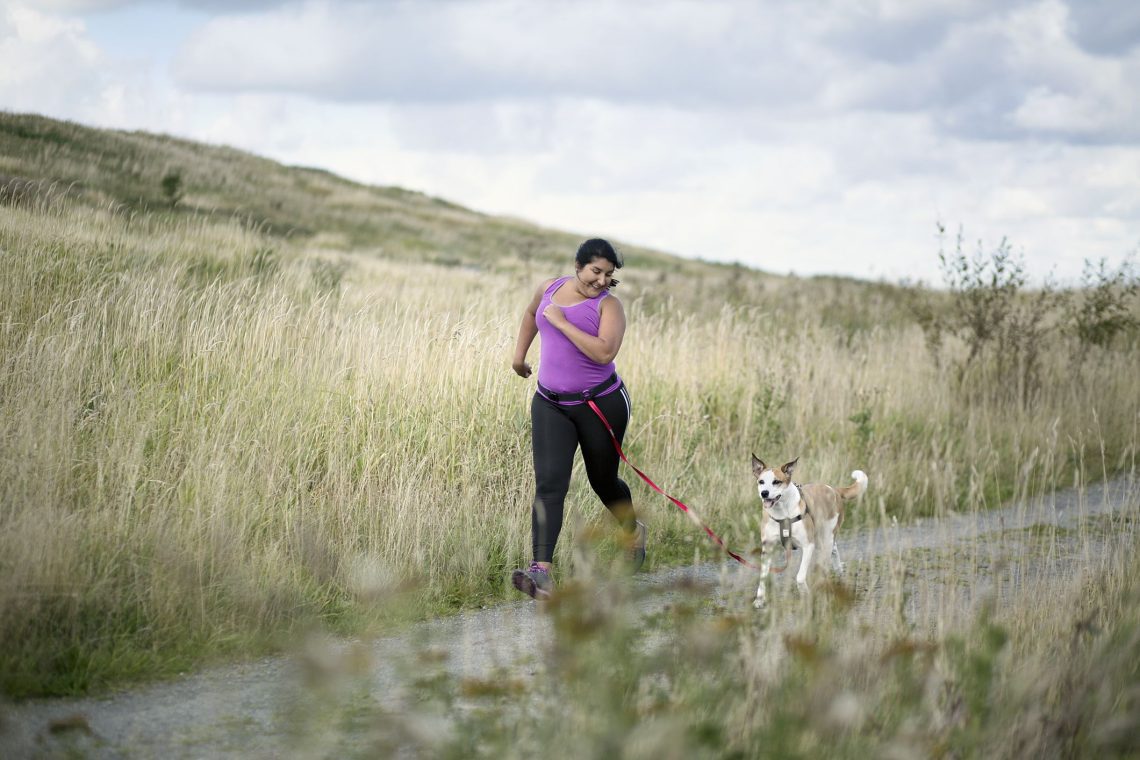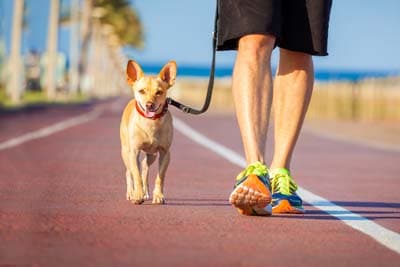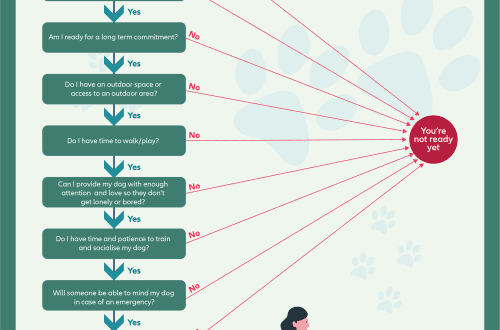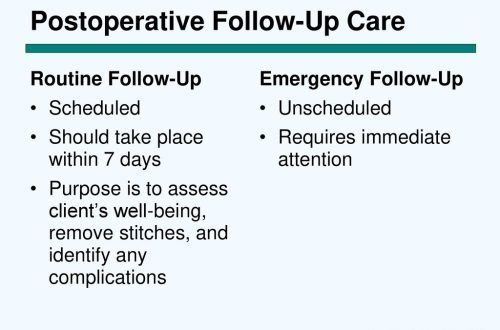
Running with a dog: where to start
Exercise is an important part of your physical and mental health, both for you and your dog. And while there are many different types of physical activity you can involve your pet in, running with them is a great way to burn calories and relieve stress for both of you.
Lack of physical activity is one of the most common causes of overweight and behavioral problems faced by dog owners. If puppies and adult dogs are not provided with enough physical activity to expend energy, they begin to acquire destructive habits. Chewing furniture upholstery will not only cause you a lot of trouble, but it can also be dangerous for your pet. Wondering where to start with your running partner? Running will benefit your dog just as much as it will benefit you, so don’t be afraid to put on your running shoes and run together along the same roads and trails that you would normally run alone.
Contents
What to take with you
If you’ve made the decision to start running together, you need to make sure you have everything you need to make sure you both feel comfortable and safe. Every time you go for a run with your four-legged friend, be sure to bring the following with you:
- Safety collar with up-to-date identification information.
- Extra water for the dog (remember he needs to drink too).
- Bags for the collection and disposal of any waste.
- A strong leash that doesn’t need to be handled, or a standard leash that won’t break if your dog gets overexcited and suddenly changes pace.
- Treats in case your dog needs extra calories after a long run.
What does it look like? And how does the dog like it?

Check the weather forecast. Overheating or cooling of the body in animals occurs differently than in humans, so they may be more sensitive to extreme temperatures. If the dog is too hot, heatstroke may occur; if she is too cold, she may get frostbite.
Before you start running with your pet, you need to take extra precautions. First, make sure your dog really wants to run! For many breeds, a regular walk is enough. A Border Collie or a similarly active herding or working breed will happily run a few miles with you, while a more massive lap dog will not want to move as fast as you would like. If running is fun for both of you, you can move on to the next steps.
Physical Capabilities
Your dog’s physical abilities are perhaps just as important as his desire. Age plays an important role in deciding how and when you run with it. It is not recommended for large breeds to run long distances until they reach maturity. The reason for this is that the bones and joints of your growing puppy are prone to injury until they reach full development. But even if your dog is old enough, it will not be superfluous to see a veterinarian before starting a run. Dogs are resilient animals and are quite good at hiding injuries and illnesses from their owners. Your veterinarian will be able to tell you if it is safe for your pet to run with you. If you notice that the dog is having a hard time or that he is lagging behind, it is better to stop and let him rest or continue on foot. Never force your dog to run with you as this can lead to health problems.
First runs
Starting runs with the consent of a veterinarian does not require much preparation. Basic obedience training is usually all you need to run comfortably together. However, to ensure safety, it is important to make sure that the dog does not pull you in different directions and does not get under your feet; if you exercise regularly and let it set the pace for your run, it can put your own muscles at risk. You also need to make sure that the dog is following the “stand” and “sit” commands clearly in case you need to wait out a traffic light or cross a busy street. Most importantly, start slowly and gradually build up to longer runs to avoid injury, just like people do when they first start exercising.
You will notice that as your dog gets in shape, he will be able to run longer and faster. While jogging, do not forget to check the paws of the animal for scratches and cuts. Although your pet may limp if he hurts his paw, his overexcited state of being with you can lead him to not notice the injury or show that he is in pain. Keeping your pet safe while exercising is your primary concern.
If running with your dog becomes regular, you should discuss nutrition with your veterinarian. Like athletes, active dogs need more calories and a more varied diet than couch potato lovers. Proper nutrition and exercise are paramount to keeping your dog healthy, and together they will ensure your best friend lives a long and happy life.





